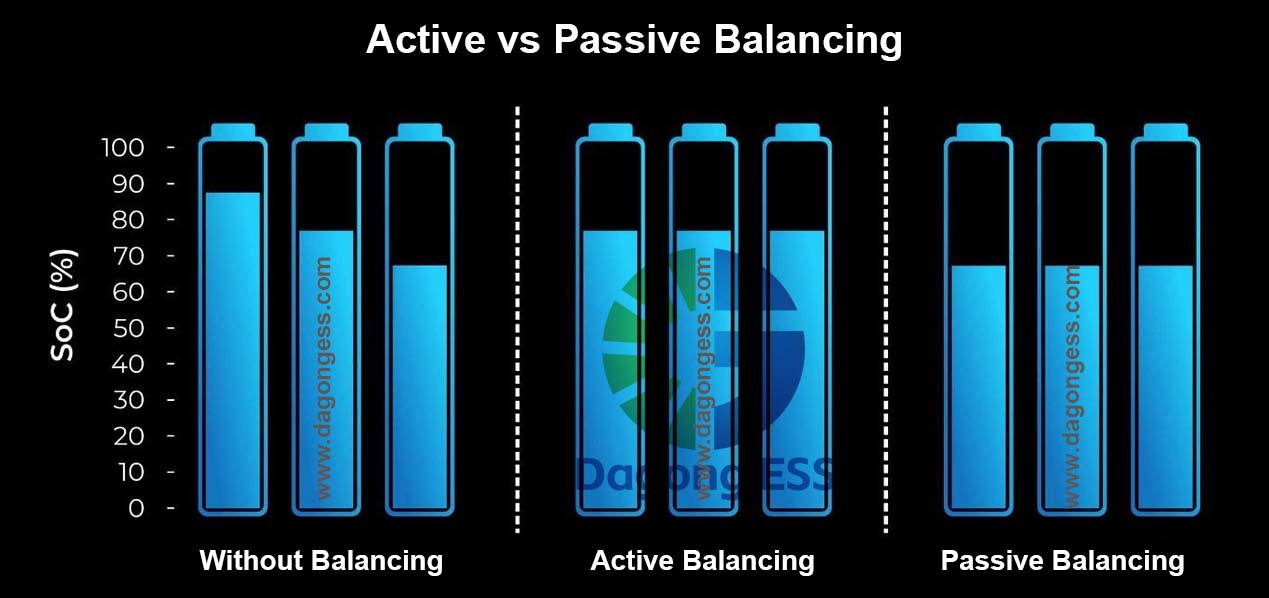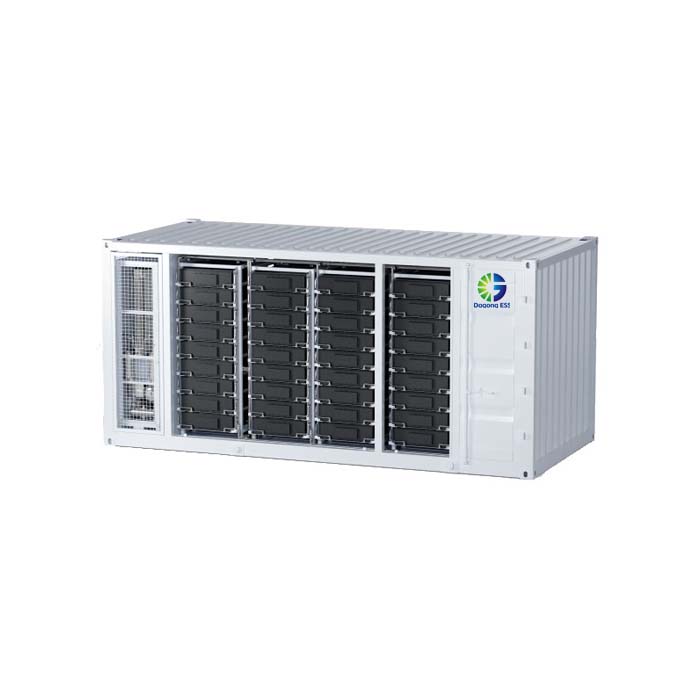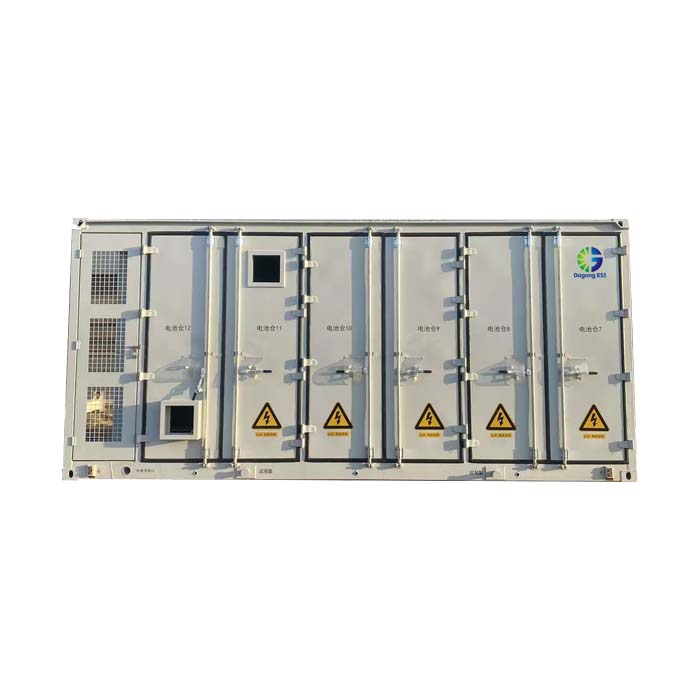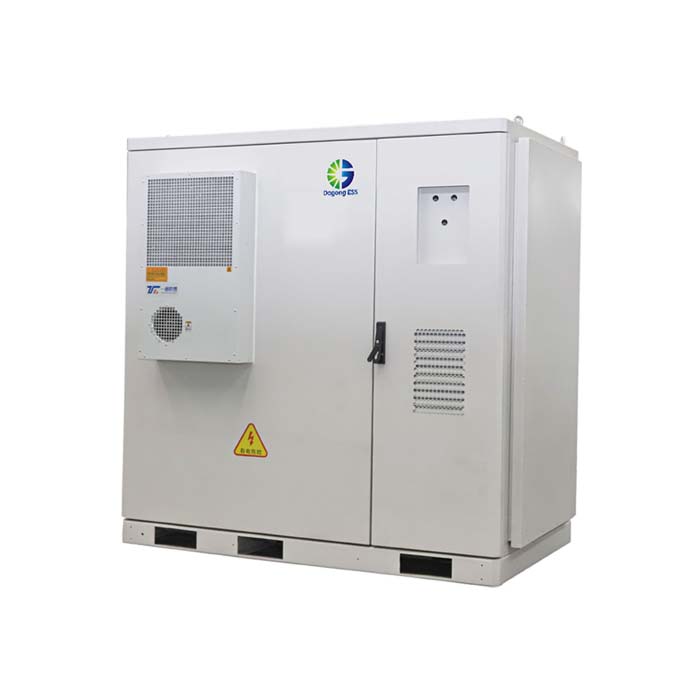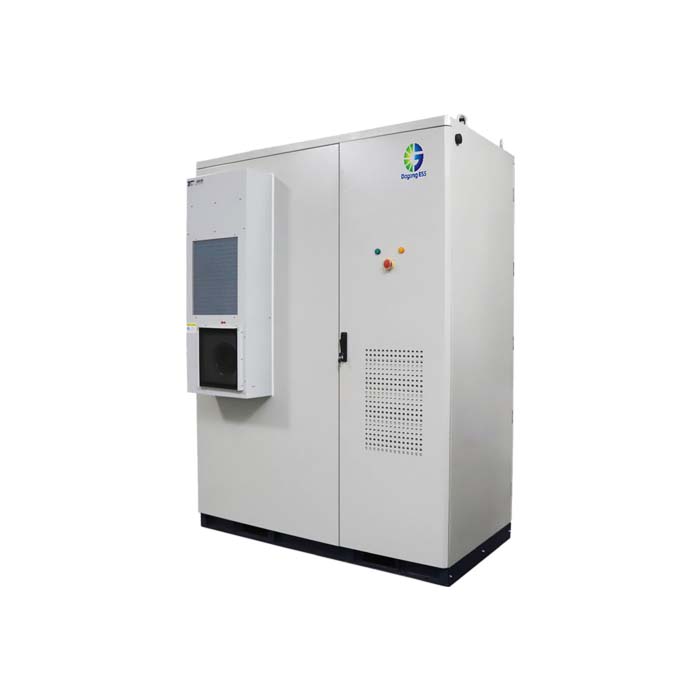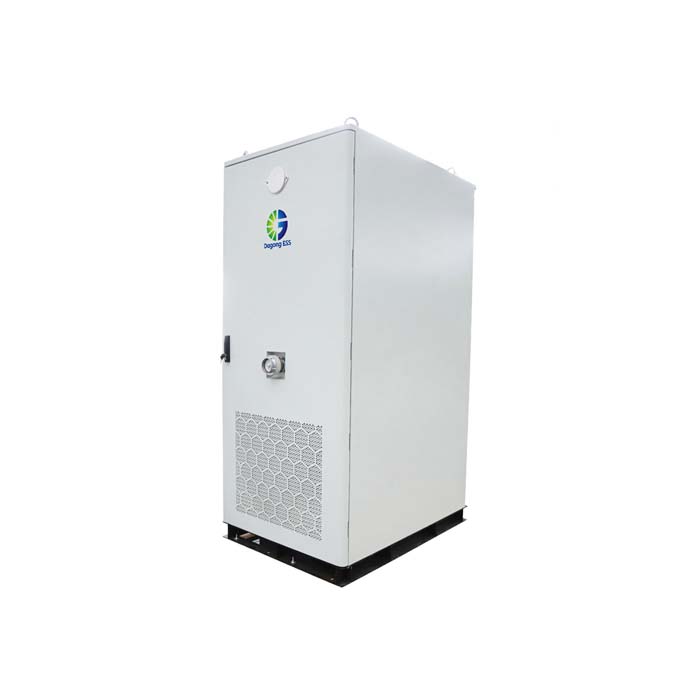Battery Balancing Technologies in Energy Storage Systems: Active vs Passive Balancing
What is Battery Balancing in Lithium Energy Storage Systems
As demand for efficient, safe, and long-lasting energy storage systems grows across Europe and South America, more integrators and OEMs are turning to advanced Battery Management Systems (BMS) with intelligent balancing technology. This includes both active and passive balancing methods for lithium battery packs.
The Necessity of Battery Balancing
When multiple batteries are combined to power a device, battery balancing becomes essential. Battery cells are relatively fragile—if overcharged or over-discharged, they can become damaged or even die. When batteries with different states of charge (SoC) are used together, their voltages begin to drop until the cell with the least stored energy hits its discharge cut-off voltage. At that point, if energy continues to flow through the battery, it may suffer irreversible damage. Conversely, if you try to charge the pack to the correct overall voltage, the healthier batteries will become overcharged—because they’ll absorb the energy the weaker cell can no longer store—resulting in damage. Unbalanced lithium batteries can be damaged as soon as they’re used for the first time. That’s why battery balancing is necessary.
Other reasons for battery balancing:
Thermal Runaway: Batteries—especially lithium batteries—are extremely sensitive to overcharging and over-discharging. When the internal heat generation rate exceeds the rate at which heat can dissipate, thermal runaway occurs. Rising temperatures can cause structural changes in lithium cells and the formation of surface films on the electrodes, accelerating battery degradation. Excessive heat buildup may also damage the balancing switches and resistors. Battery balancing ensures that all non-defective cells in a battery pack are brought to the same relative capacity. Since heat is a major contributor to thermal runaway, in addition to battery balancers, cooling systems can be used to keep the battery pack at room temperature and minimize heat retention.
Battery Aging: Overcharging lithium batteries—even slightly above their recommended values—can reduce energy capacity, efficiency, and lifespan. Common causes of battery aging include:Mechanical degradation or stack pressure loss in pouch cells.Growth of the Solid Electrolyte Interface (SEI) on the anode, especially when charge voltage is maintained below 3.92V per cell. SEI growth is considered the main cause of capacity loss in most graphite-based lithium batteries.Electrolyte oxidation (EO) at the cathode, which can lead to sudden capacity loss.Lithium plating on the anode surface caused by high charge rates.
Incomplete Charging of Battery Packs: During constant-current charging at 0.5C to 1.0C rates, battery voltage rises as charging progresses, reaching a peak when fully charged and then gradually falling. Consider three batteries with capacities of 77Ah, 77Ah, and 76Ah, all initially at 100% SoC. As the batteries discharge, their SoC drops. Battery 3, having the lowest capacity, will deplete its energy first.When the battery pack is recharged with the same current flowing through each battery, Battery 3 will lag during charging and appear fully charged when the other two reach full capacity. This indicates imbalance due to self-heating and a lower Coulombic Efficiency (CE) in Battery 3.
Incomplete Use of Pack Energy: Drawing current beyond a battery’s design capacity or short-circuiting it is a common cause of early failure. During discharging, weaker batteries deplete faster than healthier ones and reach the minimum voltage sooner. Allowing rest periods during battery operation supports chemical transitions within the cells, helping them keep up with the current demand.
Passive Balancing – Ideal for Budget-Conscious Applications
This method is widely adopted in residential ESS, telecom backup batteries, and other small-to-medium lithium battery setups. Popular in Latin American markets due to its affordability and easy maintenance.
Key Benefits:
Cost-effective solution for lithium battery BMS
Simple integration and circuit design
Reliable performance for small-scale systems
Popular in entry-level energy storage markets
Active Balancing – Optimized for High-Efficiency and Industrial Use
In Europe’s renewable energy sector and South America’s growing EV infrastructure, active balancing is preferred for its energy-saving and system-protective capabilities. It's especially suitable for industrial ESS, solar energy storage, and commercial EV battery packs.
Key Benefits:
Maximum energy utilization, minimal heat loss
Improves battery lifespan and system consistency
Suitable for large-scale lithium ESS and mobility solutions
Preferred in EU’s green tech and LATAM’s smart grid projects
Dagong ESS Products Showcase
At Dagong ESS, we place great emphasis on battery uniformity and system stability—ensuring safety and efficiency from the ground up. Below is a showcase of Dagong ESS’s energy storage products:
Industrial & Commercial ESS:Industrial and commercial energy storage is a storage solution applied in industrial and commercial settings. It mainly consists of a battery system along with components such as EMS (Energy Management System), BMS (Battery Management System), and PCS (Power Conversion System). Its core functions include reducing electricity costs by leveraging the price difference between peak and off-peak hours, serving as an emergency backup power source during grid failures to ensure the operation of critical equipment, improving power quality by regulating power factor and mitigating harmonics, and balancing electricity load.
Residential ESS:The Residential Energy Storage System refers to energy storage solutions designed for residential or light commercial use. These systems allow for the efficient storage and management of electrical energy, typically derived from renewable sources such as solar panels, and can be used to power homes or small businesses during periods of high demand or when renewable energy generation is not available.
Frequently Asked Questions
Q1: What is active balancing?
A: Active balancing refers to a system that actively monitors the capacity of each cell and moves energy from one cell to the other to keep them balanced.
Q2: What is passive balancing?
A: Passive balancing uses a simple resistance across a cell to discharge higher-SOC cells until they more closely match lower-SOC cells. Active balancing uses a more complex circuit to transfer energy from higher-SOC cells to lower-SOC cells.
Q3: What is the difference between active and passive battery balancing?
A: Active balancing transfers energy from higher-charged cells to lower-charged ones, improving system efficiency and battery lifespan. Passive balancing, on the other hand, dissipates extra energy as heat and is more cost-effective for smaller systems.


